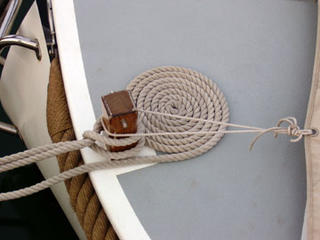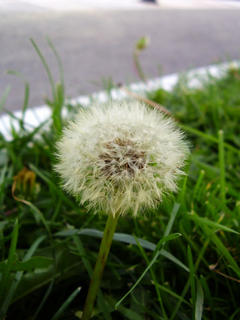It seems odd but rich people seem to have enough money to buy , equip and staff their immense yachts but never spend much time there, though the yachts have to be constantly ready for the owner's arrival on a whim.
Hers is Fort Carre - behind some sailing boats. Fort Carre was a defensive outpost -strategically important since this area used to be on the French border. Fort Carre is built on an ancient temple dedicated to Mercury which was then replaced by an early church to Saint Michael.
Eventually this place became a military outpost which eventually bacame Fort Carre.
In the 17th century the famous military architect, Vauban, improved the fortifications of the fort and city ramparts - making the ancient walls more resistant to cannon and seige.

This is a view towards the small boats rather than the floating castles, I liked the reflection of the dying sun on the water.

Port Vauban is built on the site of the ancient Roman port and apparently a vast amount of well preserved archaeology was demolished to make way for the marina -which is pretty tragic.
In Roman times Antibes was famous for making garum and liquamen- fermented fish paste and sauce made from anchovies, tunny fish and mackeral depending on the final type desired.
Originally huge vats of fermenting fish would have been found adjacent to the port outside the city walls -the smell must have been unbelievable to our modern sensitive noses. However the sauce was widely exported and there is even an amphora in the Museum of London inscribed LIQUAM / ANTIPOL / EXC / L TETTI AFRI / CANI / AFRI- which means 'The finest fish sauce from Antipolis [Antibes] made by Africanus".
Pliny and Martial mention Antibes' famous fisheries and even today there are still small traditional fishing boats in the harbour and fresh fish are still sold straight from the water every day.
Here are a couple of the traditional wooden fishing boats called 'pointu' -which means 'sharp'. They have engines now but would originally have had sails.
 A tangle of nets sitting in a box on the Quai des Pecheurs [Quay of the Fishermen]. Its strange to see nets being repaired traditionally on the quay beside some of the huge modern sleek but plastic yachts
A tangle of nets sitting in a box on the Quai des Pecheurs [Quay of the Fishermen]. Its strange to see nets being repaired traditionally on the quay beside some of the huge modern sleek but plastic yachts
This was a shot of the sky away from the sunset - a promise of heavy rain to come.
 This is the marker light for the edge of the port wall - the protective wall sweeps round to shelter the boats in the marina from rough seas - however there are still many occasions when boats are tossed about - the Mediterranean is not as calm as people try and make out.
This is the marker light for the edge of the port wall - the protective wall sweeps round to shelter the boats in the marina from rough seas - however there are still many occasions when boats are tossed about - the Mediterranean is not as calm as people try and make out.
A rope spiral created by someone with an eye for symmetry and order -this impeccably 'dressed' with every line in order. Definitely the boat of a neat freak.

Away from the boats i found this dandelion clock and i couldn't resist trying out the supermcacro lens again. It turned out well, I thought.

antibes
pointu
liquamen
garum
marina
dandelion
fishing boats
vauban
macro
photos











1 comment:
The inscription was published as Année Epigraphique 1984, number 00618
Post a Comment